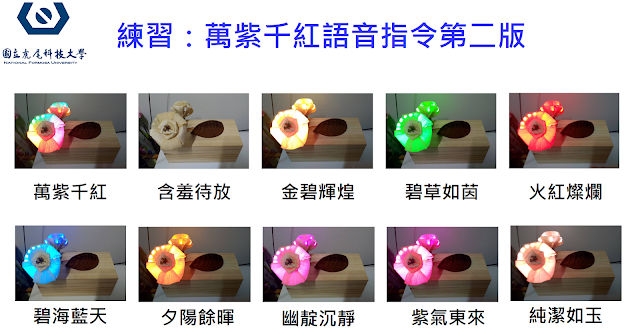以下程式是使用ChatGPT產生。
範例一、使用gTTS套件
1 2 3 4 5 6 7 8 9 10 11 12 13 14 15 16 17 18 | # Import the Gtts module for text # to speech conversion from gtts import gTTS # import Os module to start the audio file import os fh = open("test2.txt", "r",encoding="utf-8") mytext = fh.read().replace("\n", " ") # Language we want to use language = "zh-tw" myobj = gTTS(text=mytext, lang=language, slow=False) myobj.save("output.mp3") # Play the converted file os.system("output.mp3") |
範例二、使用pyttsx3套件
1 2 3 4 5 6 7 8 9 10 11 12 13 14 15 16 17 18 19 20 21 22 23 24 25 26 27 28 29 30 31 32 33 34 35 36 | import pyttsx3 from pydub import AudioSegment from pydub.playback import play import tempfile # Initialize the pyttsx3 engine engine = pyttsx3.init() # Open and read the text file with open("test2.txt", "r", encoding="utf-8") as fh: mytext = fh.read().replace("\n", " ") # Set the voice to Chinese (Taiwanese Mandarin) if available voices = engine.getProperty('voices') for voice in voices: if 'zh' in voice.languages: # Filter for Chinese language engine.setProperty('voice', voice.id) break # Adjust the rate (speed of speech) and volume engine.setProperty('rate', 150) # Speed of speech engine.setProperty('volume', 1.0) # Volume level between 0 and 1 # Create a temporary file to save the audio output with tempfile.NamedTemporaryFile(delete=False, suffix='.wav') as temp_audio_file: temp_audio_path = temp_audio_file.name # Save speech to the temporary WAV file engine.save_to_file(mytext, temp_audio_path) engine.runAndWait() # Convert the WAV file to MP3 using pydub sound = AudioSegment.from_wav(temp_audio_path) sound.export("output.mp3", format="mp3") print("Audio saved as output.mp3") |

.png)